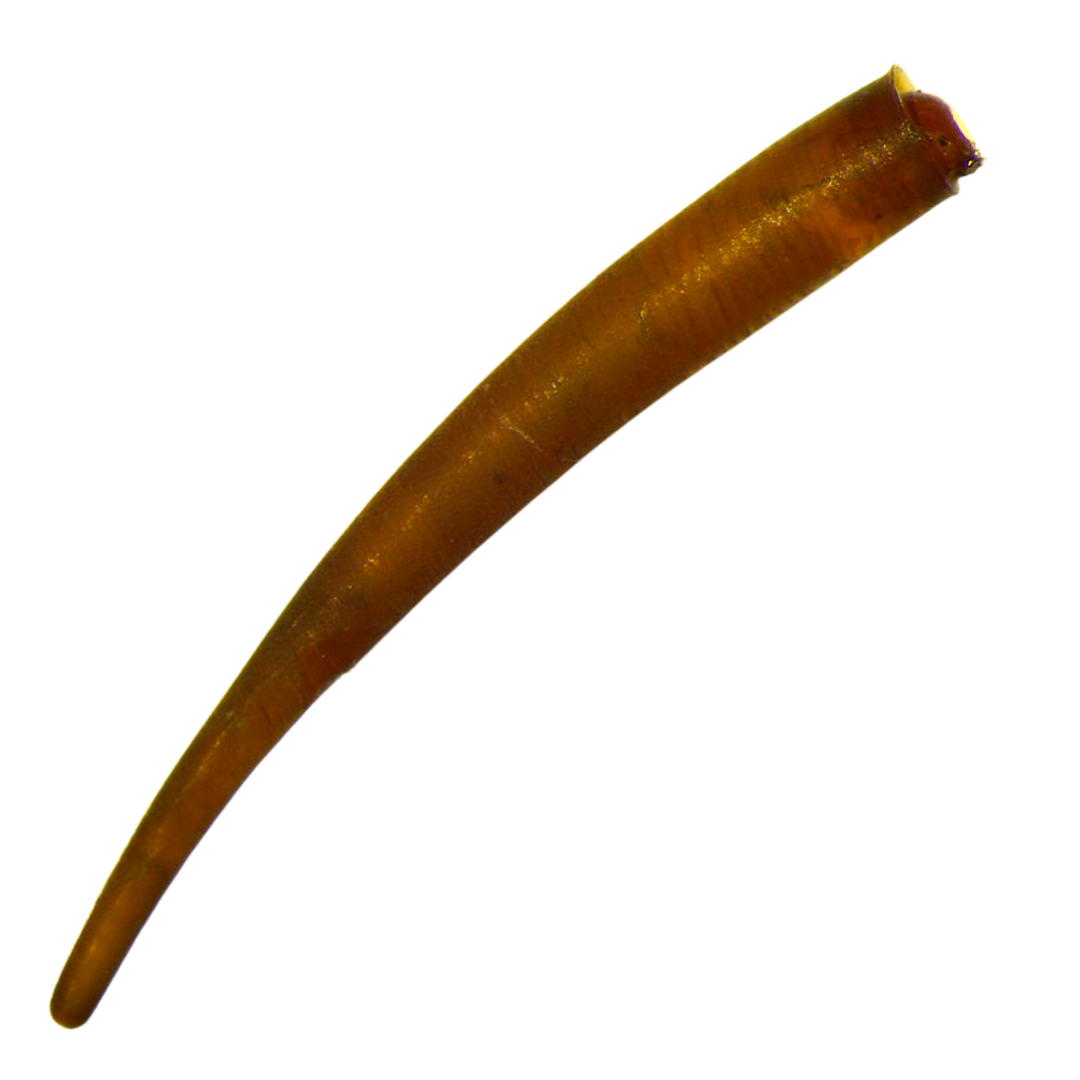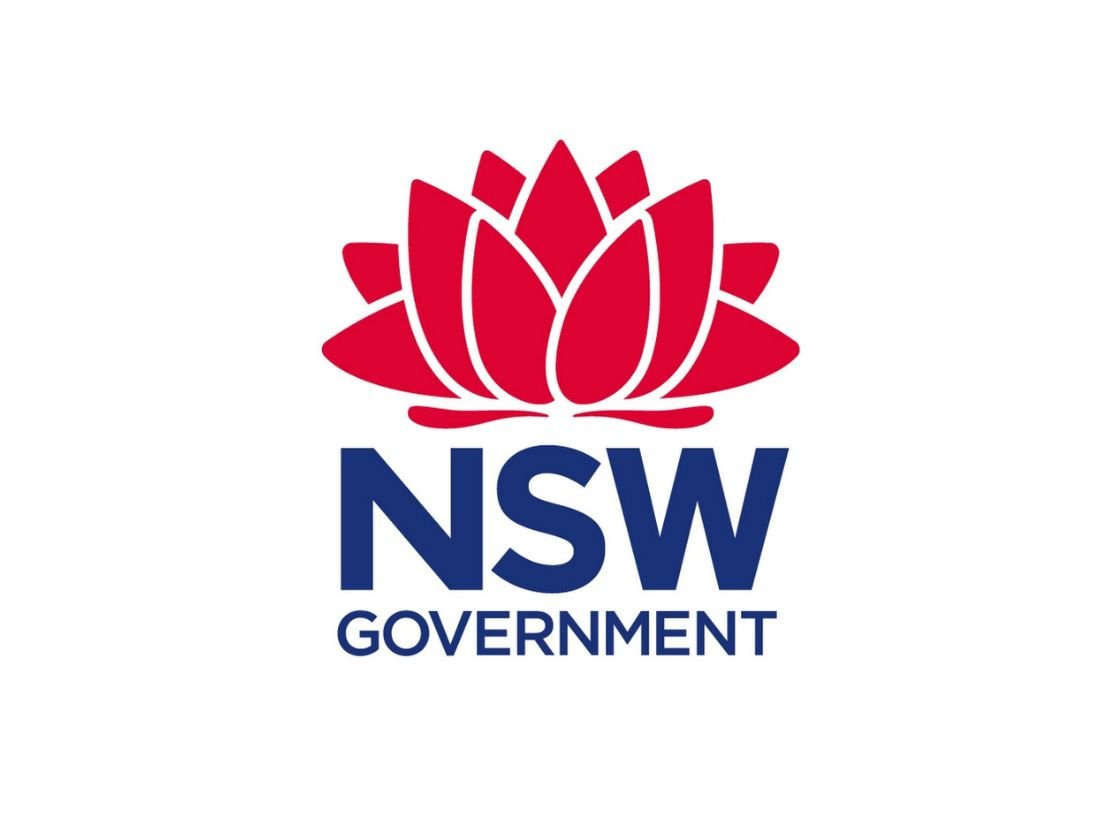
Bellingen Riverwatch
Macro Muster 2 Data
What waterbugs did Bellingen Riverwatch citizen scientists find in our rivers and what do they mean?
Written by Nakia Belmer and Adrian Dickson, Department of Planning and Environment, NSW Government and Sam Daykin, OzGREEN, with contributions by Judy Davies, Monash University.
What we did…
BR volunteers and partners worked together to sample waterbugs (macroinvertebrates) at five sites across the Bellinger River catchment, which includes the Never Never river and together comprise a very unique river system, located on the mid-north coast of NSW. The Waterbug Blitz method for sampling was used to guide the sampling, identification and analysis of results.
What we found
Our Macro Muster 2 data tells us that these rivers are in very good health.
Sites B2, B3.1, R1, B4 and NN1 results were in the highest band.
-
The information collected from a Waterbug Blitz sample provides us with good data that can be used to provide a preliminary assessment of waterway health. The primary indicators that we use to assess waterway health using waterbug (macroinvertebrate) data are biodiversity (Biodiversity Score) and pollution sensitivity (SIGNAL Score) of the community.
The Biodiversity score, which is calculated from the number of different individual waterbug taxa collected at this site.
The method for identification of waterbugs through the Waterbug Blitz sampling and application is known as the Agreed Level Taxonomy, or ALT method (https://www.thewaterbug.net/ALT.html).
ALT uses features that are visible to the naked eye to identify macroinvertebrates. ALT identifications result in data sets of mixed taxonomic levels, some at genus or species, and others at higher levels.
SIGNAL is an acronym for Stream Invertebrate Grade Number Average Level and is a scoring system for waterbugs that helps interpret the raw data. It is based on the sensitivity or tolerance of different waterbugs to pollutants and habitat degradation. Each waterbug has its own grade from 1 (very tolerant) to 10 (very sensitive). The average of these individual waterbug grades is calculated to give each waterbug site a SIGNAL score which can infer the water and habitat quality and help to assess the health of a waterway. The calculation of this score can be weighted by the abundance of each waterbug taxa within a sample or can be unweighted, using only the grade of the taxa.
This method applied through the Waterbug Blitz is currently being tested to see if the ALT levels retain enough taxonomic information to be used with a re-calculated SIGNAL score, which is termed SIGNALT, and is the indicator of waterbug community sensitivity communicated in this report.
It is anticipated that the ALT method will provide a quick, simple approach to waterbug identification and analysis that is a practical alternative for citizen scientists who want to assess stream health. Though it should be noted that the application of this method is still being tested. As such the results communicated in this report should be considered a preliminary only and assessed in the context of the monthly water quality results and the ongoing monitoring that Bellingen Riverwatch hope to continue into the future.
To assist understanding of the SIGNALT results the score categories in the image below are provided.
EPT% is the percentage of EPT taxa (Ephemeroptera, Plecoptera and Trichoptera or Mayflies, Stoneflies and Caddisflies) found within each sample.
See sites and results on Bellingen Riverwatch Macro Map also.
Macro Muster 2 Data Infographic
We have created an infographic to communicate the data from Muster 2. See our library of free resources here.
How does this Muster data compare with other Musters?
B2
Cool Creek
See site location on Bellingen Riverwatch Macro Map.
B2’s Muster 2 results indicate a very healthy waterbug community and with a high proportion of sensitive waterbugs present.
The high SIGNALT score (6.7) is lower than the first waterbug blitz (7.8) but still indicates this site has a very healthy waterbug community, with a high proportion of sensitive waterbugs present, suggesting good water quality and habitat occurs at this site.
-
The Biodiversity score (13) at this site suggests a good diversity of waterbugs is present at this site. Many sensitive waterbug taxa were identified
-
The high SIGNALT score (6.7) is lower than the first waterbug blitz (7.8) but still indicates this site has a very healthy waterbug community.
-
The site recorded no Stonefly (Plecoptera) taxa although it did have a high abundance of Caddisfly (Trichoptera) and Mayfly (Ephemeroptera) taxa, equating to 95% of the collected waterbugs.
-
5 caddisfly taxa
1 stonefly taxa
3 mayfly taxa
2 dragonfly taxa
1 toe biter taxa
1 freshwater shrimp taxa
1 freshwater prawn taxa
-
Order : Ephemeroptera,
Families : Leptophlebiidae and Baetidae
Order : Trichoptera
Families : Helicophidae and Calocidae
Order: Mayfly
Family: Leptophlebiidae
Image by Shane Ruming, DPE.
B3.1
Tysons Bridge
B3.1’s Muster 2 results, suggest good water quality and habitat occurs at this site.
See site location on Bellingen Riverwatch Macro Map.
While the SIGNALT score (6.0) was slightly lower than results of the first waterbug blitz (6.4) it still indicates this site has a healthy waterbug community, with a high proportion of sensitive waterbugs present, suggesting good water quality and habitat occurs.
-
The Biodiversity score at this site (16) suggests good waterbug diversity at this site.
-
While the SIGNALT score (6.0) was slightly lower than results of the first waterbug blitz (6.4) it still indicates this site has a healthy waterbug community
-
Approximately half of the waterbugs collected belong to the Stonefly (Plecoptera), Caddisfly (Trichoptera) and Mayfly (Ephemeroptera) families.
-
5 caddisfly taxa
1 stonefly taxa
3 mayfly taxa
2 beetle taxa
2 dragonfly taxa
-
Order : Ephemeroptera
Family : Leptophlebidae
Order : Trichoptera
Families: Leptoceridae, Helicophidae and Calocidae
Order : Diptera
Family : Athericidae
Order: Fly
Family: Tasseled Maggot
Image by Shane Ruming, DPE
B4
Hobarts Bridge
See site location on Bellingen Riverwatch Macro Map.
B4’s Muster 2 results suggest good water and habitat quality consistently occurs at this site.
Many sensitive waterbug taxa were identified. The SIGNALT score (6.6) indicates this site has a very healthy waterbug community, with a high proportion of sensitive waterbugs present, suggesting good water and habitat quality consistently occurs at this site.
-
The Biodiversity score (22) indicates a diverse waterbug community occurs at this site. Many sensitive waterbug taxa were identified and the site.
-
The SIGNALT score (6.6) indicates this site has a very healthy waterbug community.
-
A high proportion of sensitive waterbugs present, suggesting good water and habitat quality consistently occurs at this site.
-
5 caddisfly taxa
1 stonefly taxa
4 mayfly taxa
1 dragonfly taxa
1 toe biter
2 fly taxa
2 beetle taxa
Freshwater shrimp
-
Order : Ephemeroptera
Families : Leptophilebiidae, Baetidae, Coloburiscidae
Order: Trichoptera
Families : Helicophidae, Leptoceridae
Order: Mayfly
Family: Baetidae
Image by Shane Ruming, DPE
See site location on Bellingen Riverwatch Macro Map.
Tuckers Nob
NN1
NN1’s Muster 2 results suggest good water quality and habitats persist at this site with a very high abundance of known sensitive taxa.
The Biodiversity score of (19) indicates a diverse waterbug community occurs at this site. The SIGNALT score has increased since the first waterbug blitz from 5.4 to 5.9 and suggests that at this site still has a healthy waterbug community present.
-
The Biodiversity score of (19) indicates a diverse waterbug community occurs at this site.
-
The SIGNALT score has increased since the first waterbug blitz from 5.4 to 5.9 and suggests that at this site still has a healthy waterbug community present.
-
The site also recorded very high abundance of known sensitive taxa with an EPT score of 48%, which suggests good water quality and habitats persist at this site.
-
8 caddisfly taxa
3 stonefly taxa
1 mayfly taxa
1 dragonfly taxa
5 fly taxa
Freshwater shrimp
-
Order : Trichoptera
Family : LeptoceridaeOrder: Ephemeroptera
Family : Leptophlebidae
Order: Caddisfly
Family: Stick Caddis
Image by Shane Ruming, DPE
Rosewood River
R1
See site location on Bellingen Riverwatch Macro Map.
R1’s Muster 2 results suggest good water quality and aquatic habitats persist at this site.
The SIGNALT score has increased significantly since the first waterbug blitz from 4.9 to 6.0 and suggests that this site still has a healthy waterbug community. The increase in taxa collected is likely driven by improvements of the citizen scientists sampling skills, which have been developing significantly over-time.
-
The Biodiversity score (17) indicates a diverse waterbug community was present at this site.
-
The SIGNALT score has increased significantly since the first Macro Muster from 4.9 to 6.0 and suggests that this site still has a healthy waterbug community.
-
The increase in taxa collected is likely driven by improvements of the citizen scientists sampling skills, which have been developing significantly over-time. The site also recorded high diversity of known sensitive taxa.
-
5 caddisfly taxa
3 stonefly taxa
3 mayfly taxa
3 dragonfly taxa
1 damselfly taxa
4 fly taxa
1 beetle taxa
Freshwater shrimp
-
Order : Ephemeroptera
Family : Leptophlebidae
Order : Trichoptera
Familie s : Helicophidae, Calocidae and Leptoceridae
Order : Decapoda
Family : Atyidae
Order: Caddisfly
Family: Helicophidae and Calocidae
Image by Shane Ruming, DPE
It is everyone’s responsibility to maintain and improve our rivers.
We report on our data to help influence policy and decision making, and educate the community, now and into the future.
Note - Our raw data is shared with with the NSW Government Saving our Species recovery program for the BRST and is additionally available at both the Waterwatch portal and the DPIE SEED portal.
Raw Data
Our raw data can be found at the links below :
Sponsor Us
Power us to continue our important work.
-
Amy Denshire
Co-CEO
amy@ozgreen.org.au
02 5615 8108
Bellingen Riverwatch Data Portal Partners
This data portal was delivered through the NSW Environment Protection Authority’s Flood Recovery Program for Water Quality Monitoring, in partnership with the NSW Department of Climate Change, Energy, the Environment and Water and supported by the Riparian Stabilisation Package. The Riparian Stabilisation Package is co-funded by the Australian and NSW Governments under Disaster Recovery Funding Arrangements.
Connect with Us
Amy Denshire
Bellingen Riverwatch Program Manager
amy@ozgreen.org.au













